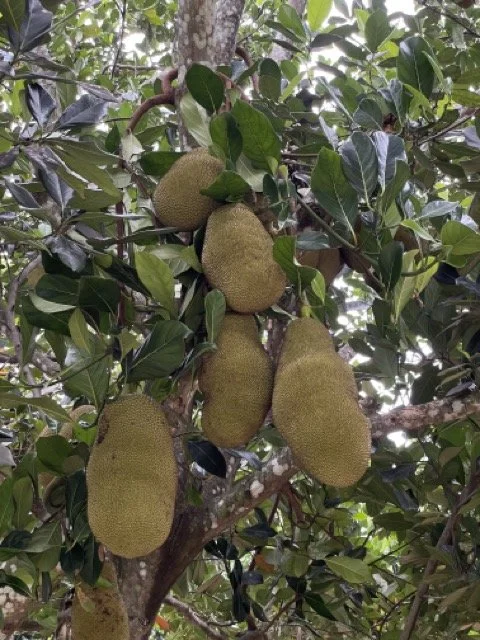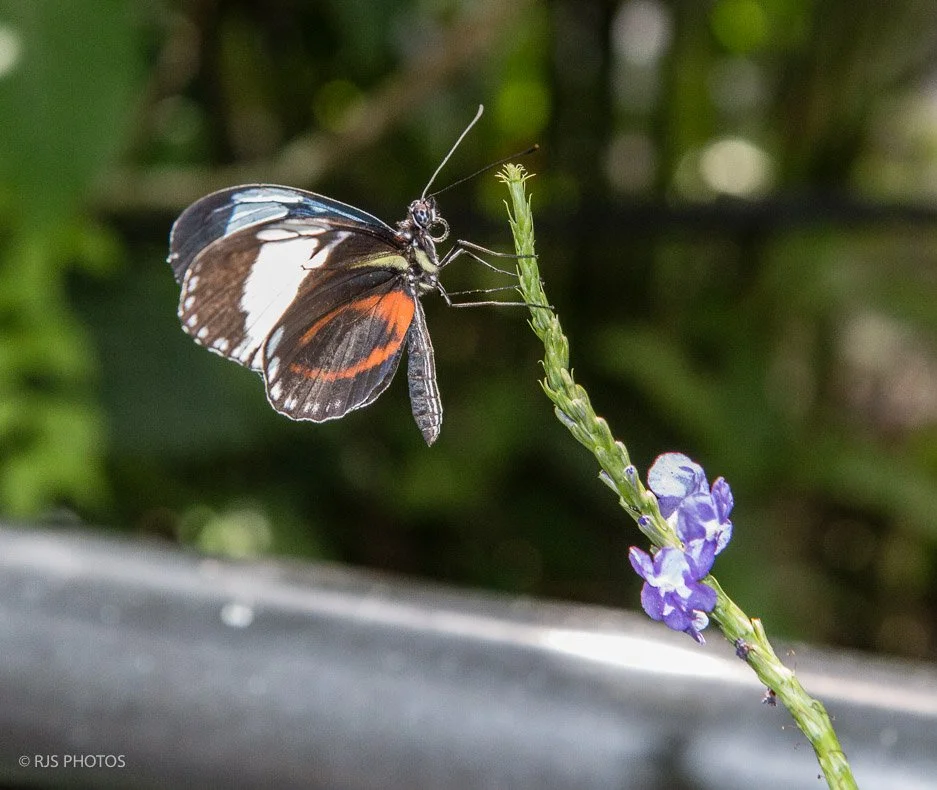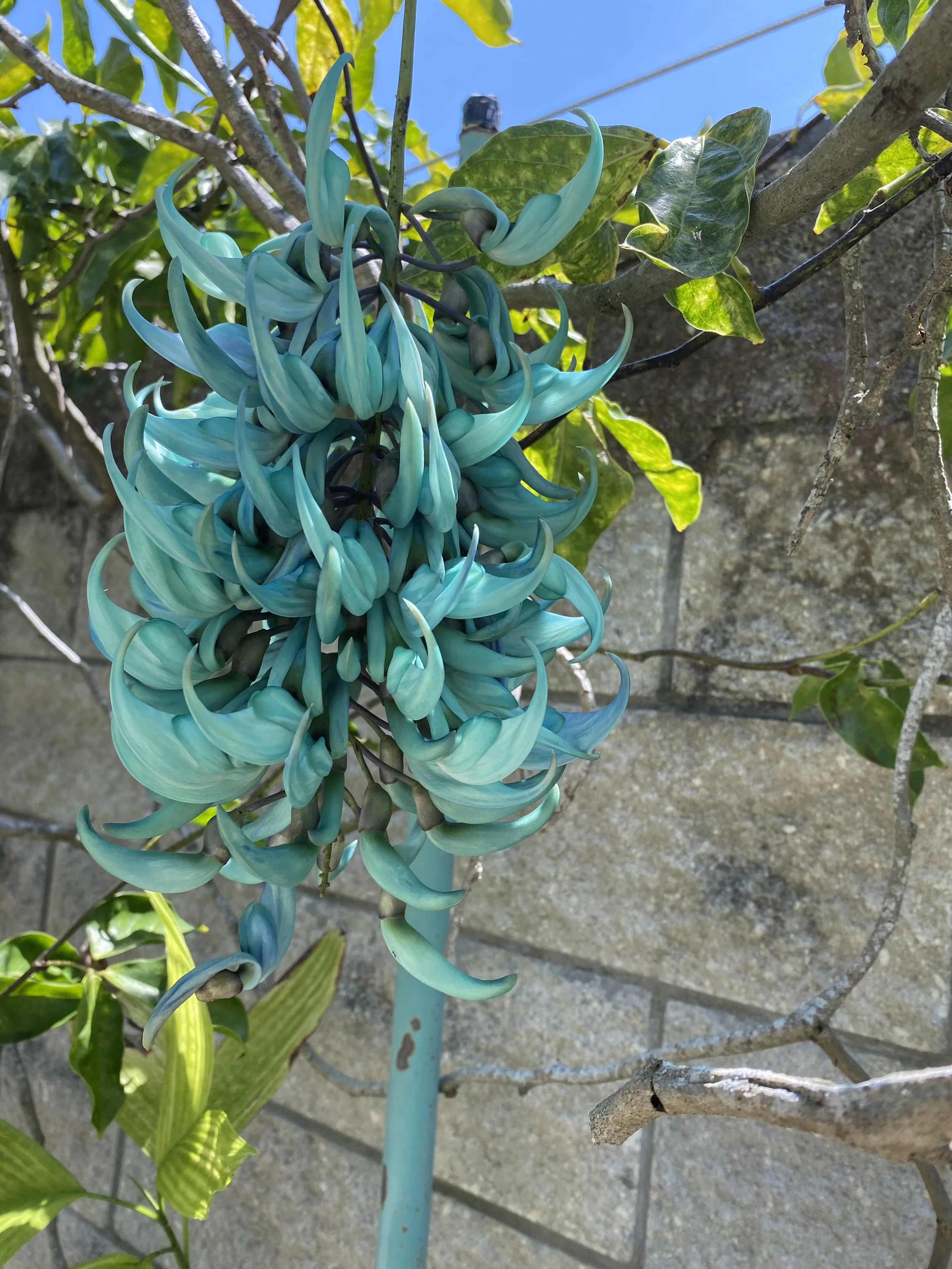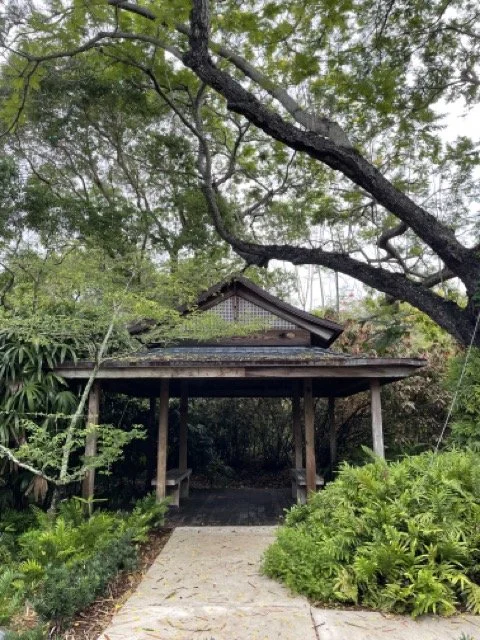The Gardens of Constitution Park
The Friends of the Deerfield Beach Arboretum
Welcome to the beautiful grounds of Constitution Park, home of the Deerfield Beach Arboretum and the Landis Nursery. To aid park visitors with their journey, we have organized a short overview of some of the plants they will encounter.
The main gardens are the Florida Garden, The Rare Plant House, Edible Fruit Trees, Flowering Trees, the Japanese Garden and our newest section, the Rainforest Garden. In each garden you will find examples of trees and plants that, while compatible with our USDA climate zone, hail from far flung regions of the planet. Originally nicknamed the TREE ZOO by founder Zeke Landis, the park is a testament to his commitment to embrace plant beauty and share that wonder with visitors to Constitution Park. Visitors can enjoy the park at their leisure and discover the gardens in their own time and direction.
Enjoying the gardens and the park will be even better if visitors wear comfortable clothing and shoes. There are many places to take a load off and enjoy the scenery so please takes advantage of them.
Please help us protect this garden jewel by respecting the plants, trees and your fellow visitors.
Let the journey begin.
Garden 1: Flowering Trees
The flowering trees are scattered throughout the area surrounding the basketball and tennis courts as well as the playground. As visitors meander through the area, there are many examples of blooming beauty in this part of the park. There is so much to see and enjoy so wear comfortable shoes and take your time to view all of the plants and trees in this section.
-
The Double Buttercup (Cochlospermum vitifolium ‘florepleno’, South America).
The Purple Glory (Tibouchina granulosa, Brazil).
The Black Pearl (Majidea zangueberica, East Africa).
The Napoleon Hat (Napoleona imperialis, West Africa).
The Golden Penda (Xanthostemon chrysanthus, Australia).
The Rainbow Shower (Cassia x nealiae, Hawaii), the Ylang Ylang (Cananga odorata, India).
The Frangipani (Plumeria, Mexico, Central America, the Caribbean).
The Easter Lily Vine (Beaumontia grandiflora, South Asia).
Garden 2: Edible Fruit Trees Garden
Visitors will be very familiar with the nuts and fruits and will enjoy seeing the plants that produce them.
-
The Carambola tree (Southeast Asia) which produces Star Fruit.
Papaya trees (Carica papaya, Central America),
Miracle Fruit (Synsepalum dulcificum, West Africa).
The Cashew Tree (Anacardium occidentale, Northeastern Brazil).
The Macadamia (Proteaceae, New South Wales & Queensland)
The Lychee (Litchi chinensis, China).
The Jackfruit tree (Artocarpus heterophyllus, India, Malaysia, Indonesia, and Philippines).
Garden 3: The Florida Garden
This is one of the more recent and transitional gardens in the park. Situated on the edge of the C-2 Canal, it is a pleasant area in the rear of the park just before entrance to the Japanese Garden. Take a moment here to sit and be calmed by the water and wildlife. It is a simply organized space that will be a calming beginning or end to your park tour.
Garden 4: The Rare Plant Garden
This garden gem is situated a short distance from the entrance to the Japanese Garden. It is surrounded by high fencing peppered here and there with the lush foliage stretching toward the dappled sunlight. The Rare Plant Garden features a number of rare plants that are suitable for cultivation in zones 10 and 11.
This small-scale garden is a perfect segue into the Japanese Garden.
-
One of the most spectacular specimens is the JADE VINE (Strongylodon microbotys, Philippines)
Which erupts into beautiful and extravagant seafoam-green blooms that make an appearance sometime in April.
It is a beautiful example of the Arboretum’s commitment to cultivating tree and plant specimens from around the world.Don’t forget to look for the majestic Mast trees (Polyalthia Longifolia ‘Pendula’, India) just near the entrance.
They are tall, columnar, and covered with leaves of a weeping nature. The Mast tree is a wonderful alternative to Italian Cyprus for our SoFlo gardens.
Garden 5: The Japanese Garden
A dramatic canopy of trees greets you as you enter the garden through the Torii gate.
-
Included in this bevy of beautiful trees is a Powderpuff tree (Calliandra haematocephala, Bolivia), with cotton-candy pink blooms that never fail to dazzle.
Take a moment to step into the Zen Garden just to the right of the entrance. It’s a restful area surrounded by greenery.
The Japanese Garden is home to almost twenty varieties of bamboo and populated with plants whose foliage flutter in the wind and dazzle the eye with variegated species in a myriad of sizes.
Take a moment to relax in one of the Zen-inspired structures situated among the plantings to offer moments of quiet and calm for visitors.
Garden 6: The Rainforest Garden
Our newest garden attraction, the Rainforest Garden, is a plant lovers delight! Through the efforts of the Friends of the Deerfield Beach Arboretum and the City of Deerfield Beach, this lush garden has bridges, waterfalls, and rainforest-y mist along with the sounds of a natural rainforest. A jewel in the middle of Deerfield Beach, this garden is filled with examples of plants that originated from rainforests around the world. As with the rest of the gardens there’s much to see. Since the Arboretum, the Tree Zoo, is a celebration of trees, there are some beautiful examples in this part of the park to take note of.
-
The African Tulip Tree (Liriodendron tulipfera, Eastern North America).
The Mickey Mouse plant (Ochna serrulate, South Africa).
As with the rest of the park, there are places where visitors can sit, rest, and enjoy the plethora of greenery thriving in the garden.






